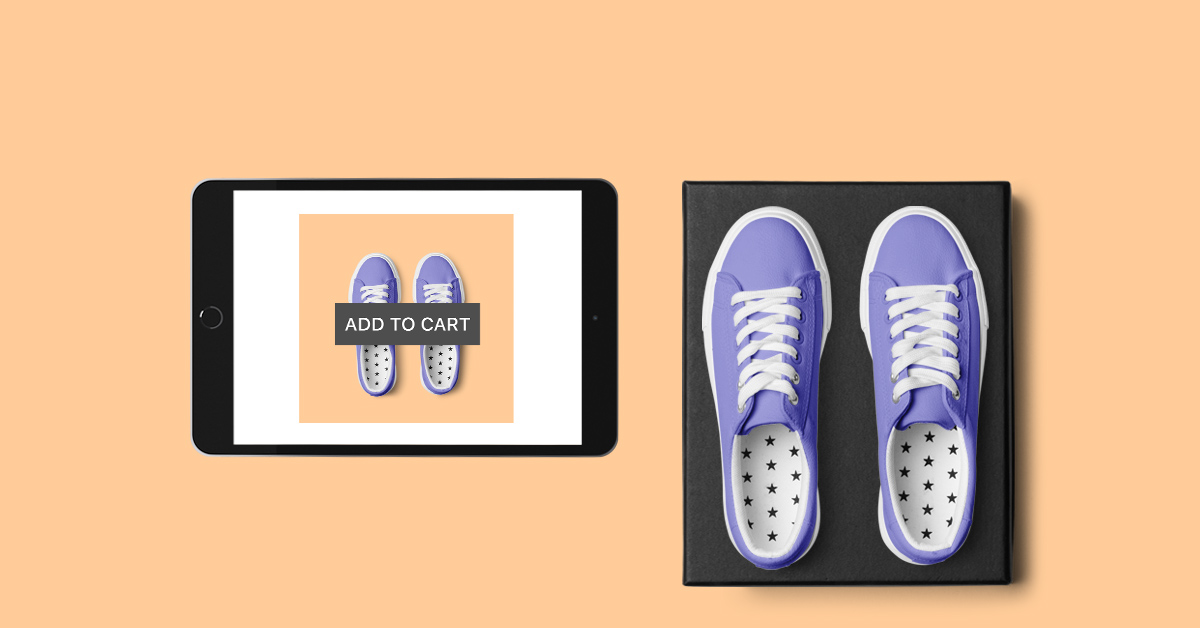NGA, LAS VEGAS – When it comes to capturing their fair share of impact from trade deals, independent grocers have long struggled to match their crosstown, big-chain rivals. Scale is a key challenge. The effort and resources required to identify, negotiate, accept, implement and publish a single promotion are the same, whether the execution is for 12 stores or 1,200.
Big chains may spread these tasks across more hands, but they also suffer from promotion practice logjams and disconnects that may tend to neutralize their advantage, due to versioning complexity, duplication of effort, review and rework.
Make the Effort-to-Benefit Ratio Work for You
The opportunity is open for smaller retailers – who are inherently more consolidated, nimble and fleet of foot – to gain an edge in the promotions game. It comes down to defining and enabling promotion practices that permit streamlining and collaboration across the enterprise. Independents should explore three areas of present opportunity:
- Streamline and connect your processes. Neutralize the scale advantage by making promotion decisions faster and adopting disciplined executional processes that offset the differential effort. Use automation to reduce and simplify steps and ensure that correct information is in play across functional areas of your business. Harmony is enabled when you successfully align the creative process with the business decisions.
- Collaborate within your enterprise. Structure your ad process for collaboration and design connectivity throughout the lifecycle of each promotion, from planning, to execution, to measurement. Establish a consistent workflow with roles defined, assigned and tracked.
- Collaborate with your vendors. Establish a portal-based system that transfers responsibility to vendors to enter complete information about each offered deal and makes it better for them to do so. Online accuracy will make faxes, emails and paper forms a thing of the past. Negotiations and decisions will commence faster while minimizing the need for reviews, changes and reconciliations.
These trade promotion management capabilities are enabled by software solutions but rooted in best practice. They are quite readily available now, and adopting them can be far less disruptive than you might think, especially where web-based technology is available.
The right promotional tools and processes can enable independents to exploit their natural advantages to win with shoppers and capture a fair share of deal profits.
© Copyright 2014 James Tenser
(This article was originally commissioned by Aptaris LLC. Permalink. Republished here by permission. All other rights reserved.)



